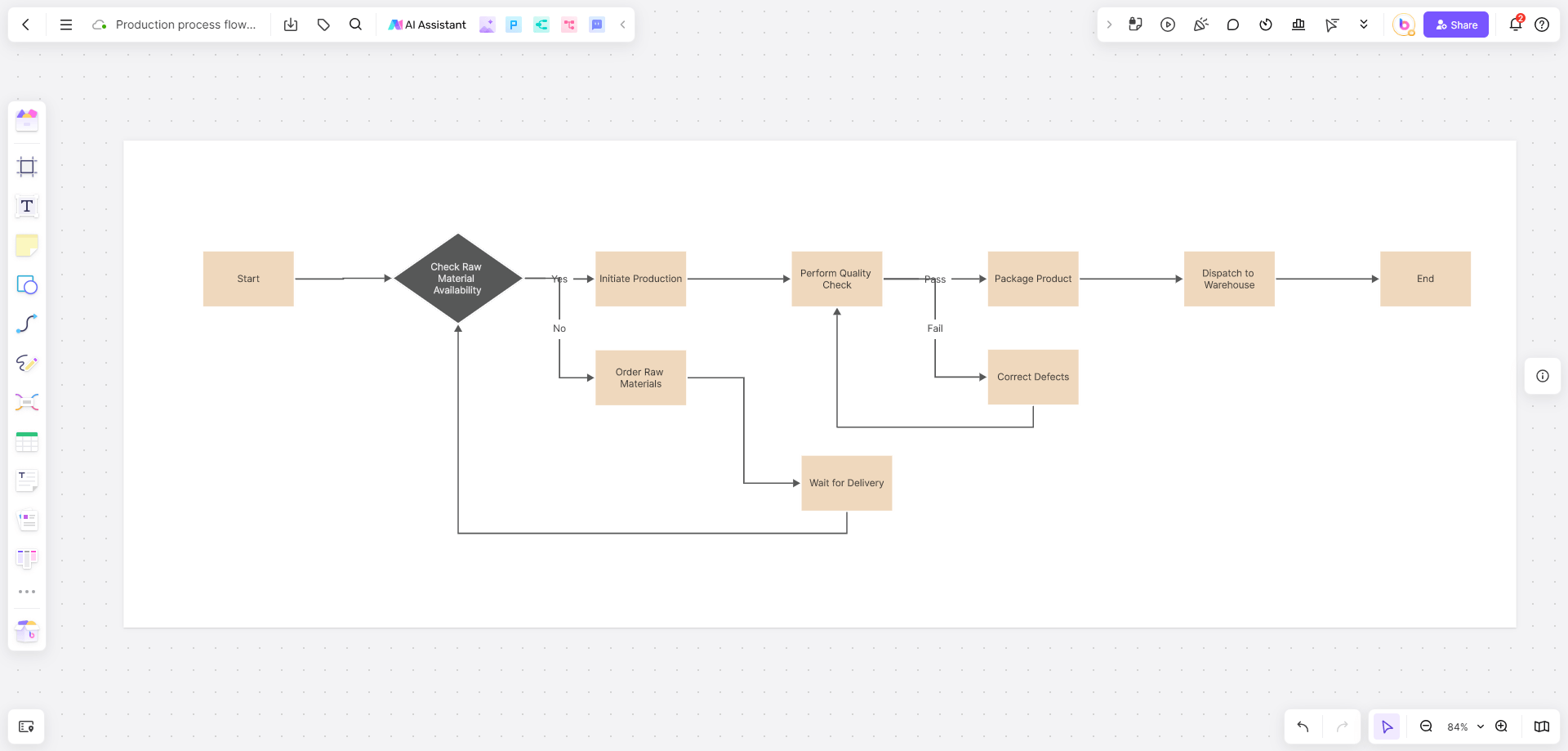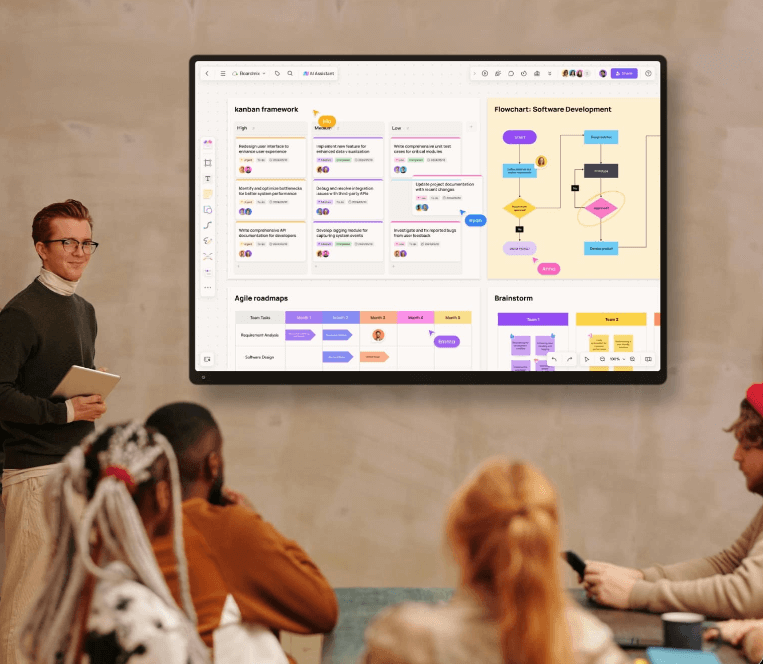Many people are familiar with mind maps, but are less familiar with thinking maps. In fact, the rigorous structure of thinking maps makes them very effective in organizing ideas, analyzing relationships, and improving comprehension. In this comprehensive guide, we will explore what thinking maps are, their types, and how to apply them in various learning and professional contexts to promote critical thinking and creativity.
What is Thinking Map
A thinking map is a structured visual tool designed to help people organize ideas, analyze information, and solve problems systematically. Simply put, the thinking map is like a "graphic toolbox" that helps you sort out your thoughts. It uses 8 fixed-style charts to turn complex ideas into clear pictures. Unlike the mind map, the thinking map is more like building blocks, it combines according to fixed rules to help you solve problems in a systematic way.
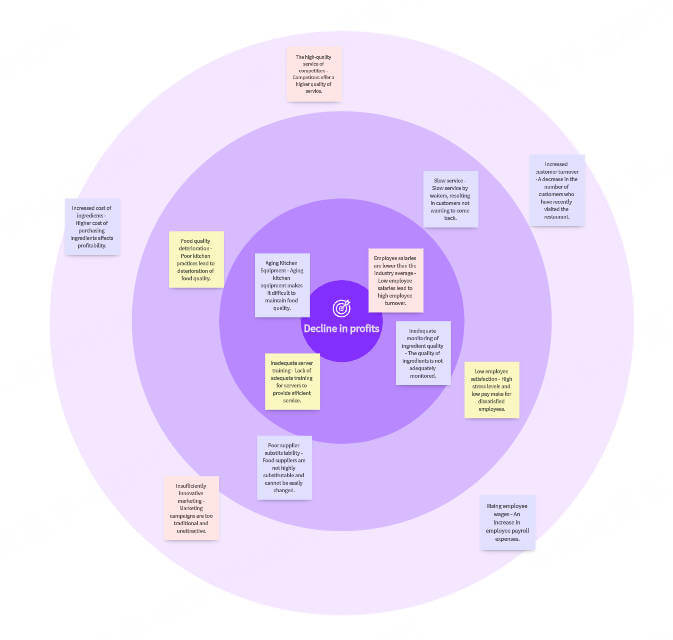
What Makes a Thinking Map?
Thinking maps come with predefined formats and focus on logic. On the one hand, thinking maps follow strict rules. Each of the 8 maps has a specific purpose and structure. For example, the bubble maps describe qualities like "What makes a good leader?" while a flow map shows the sequencing steps like "How to bake a cake". On the other hand, the thinking maps force you to think in categories, relationships, or processes, so they are perfect for breaking down complex topics.
The 8 Types of Thinking Maps
There are 8 types of thinking maps catering to different purposes. By learning these thinking maps, people can enhance their thinking way.
Type 1. Circle Map for defining or brainstorming ideas
Type 2. Bubble Map for describing characteristics
Type 3. Double Bubble Map for comparing two things
Type 4. Flow Map for showing steps or timelines
Type 5. Multi-Flow Map for analyzing causes and effects
Type 6. Brace Map for breaking parts of a whole
Type 7. Tree Map for classifying or categorizing
Type 8. Bridge Map for seeing analogies or relationships
What is the difference between a mind map and a thinking map?
Mind Map and Thinking Map are both visual thinking tools. Their core differences lie in their usage scenarios, strictness of rules, and graphical forms. Let’s break it down with real-life examples to make it crystal clear.
Mind Map is a brainstorming tool for creative divergence. It is like a dandelion with sunshine, and its structure is "central theme + radiating branches". You can draw freely in the mind map without a fixed format, and you can add icons/colors at will to make your mind map more colorful. For example, you can use mind maps to record reading notes.
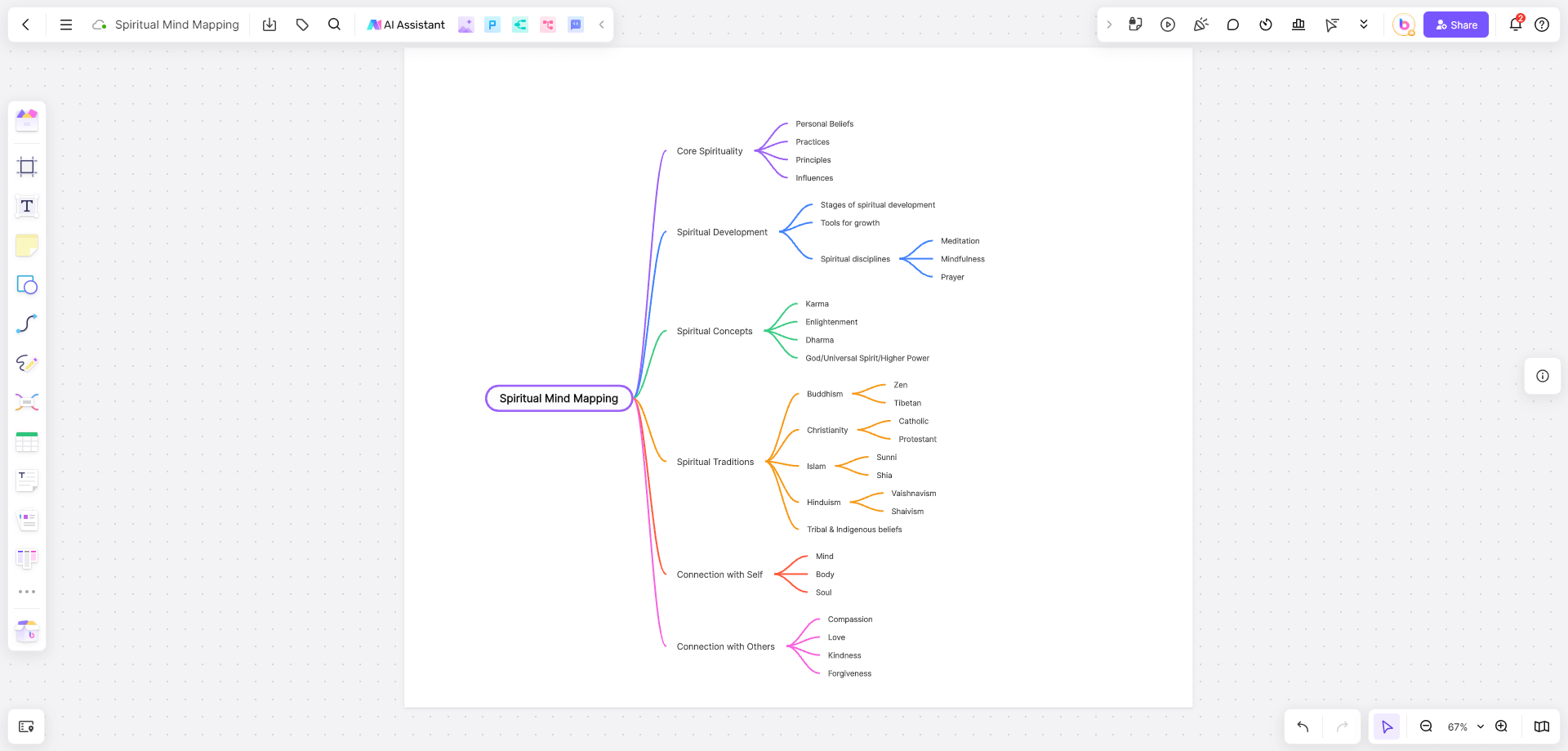
Thinking Map is like a logic analyzer for problem solving. It has 8 standard charts, and each thinking map should be filled in strictly according to the corresponding template, similar to the steps of solving mathematical problems. For example, you can use a cause-and-effect diagram (Multi-Flow Map) to analyze the reasons for the decline in sales:
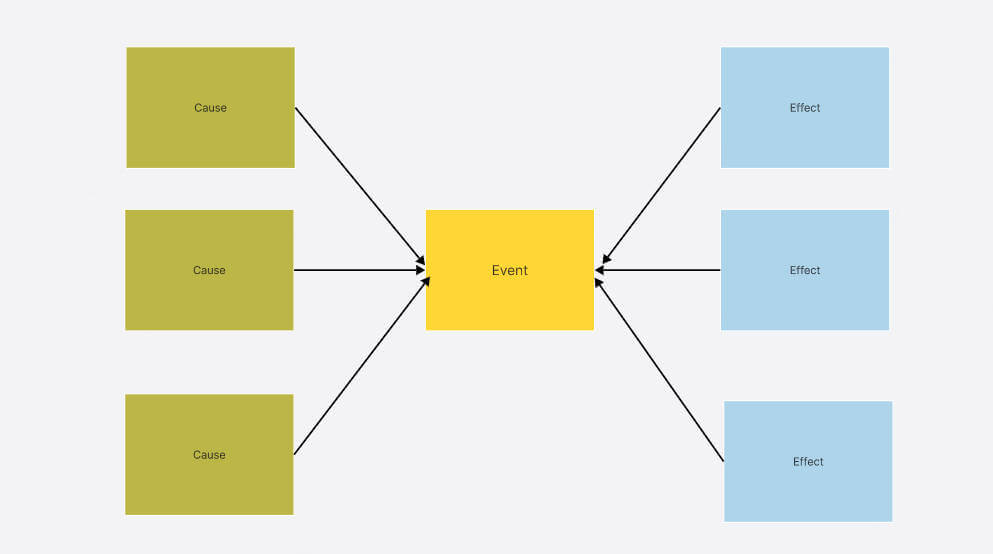
Input area (reason): price increase of raw materials → cutting corners → worse taste
Output area (result): increase in negative reviews → decrease in repurchase rate → halving of daily sales
In other words, Mind Map is more suitable for creative thinking, while Thinking Map is more suitable for structured analysis. Both are thinking tools, but they are suitable for different thinking stages.
Tool to Make Thinking Map with Free Templates
Struggling to organize ideas or teach critical thinking? Boardmix, an online whiteboard tool, offers FREE pre-designed thinking map templates for students, teachers, and professionals. Let’s explore how to use them effortlessly—no design skills needed!
Why Use Boardmix for Thinking Map?
There are various thinking templates: Instantly access all 8 Thinking Map types (Circle, Bubble, Flow, and more!).
Drag-and-Drop Simplicity: Customize your thinking map with pens in the infinite canvas in seconds without any hassle.
Real-Time Collaboration: Work with teams or classmates live in one place, no need to swift around.
Export Anywhere and Any Time: Save your thinking map as PDF, PNG, or share via link with simple click.
How to Use Thinking Map Templates on Boardmix (3 Easy Steps)
Step 1: Visit Boardmix & Choose a Thinking Map Template
Go to Boardmix’s Template Library
Search for“Thinking Map” or browse the Education/Strategy categories.
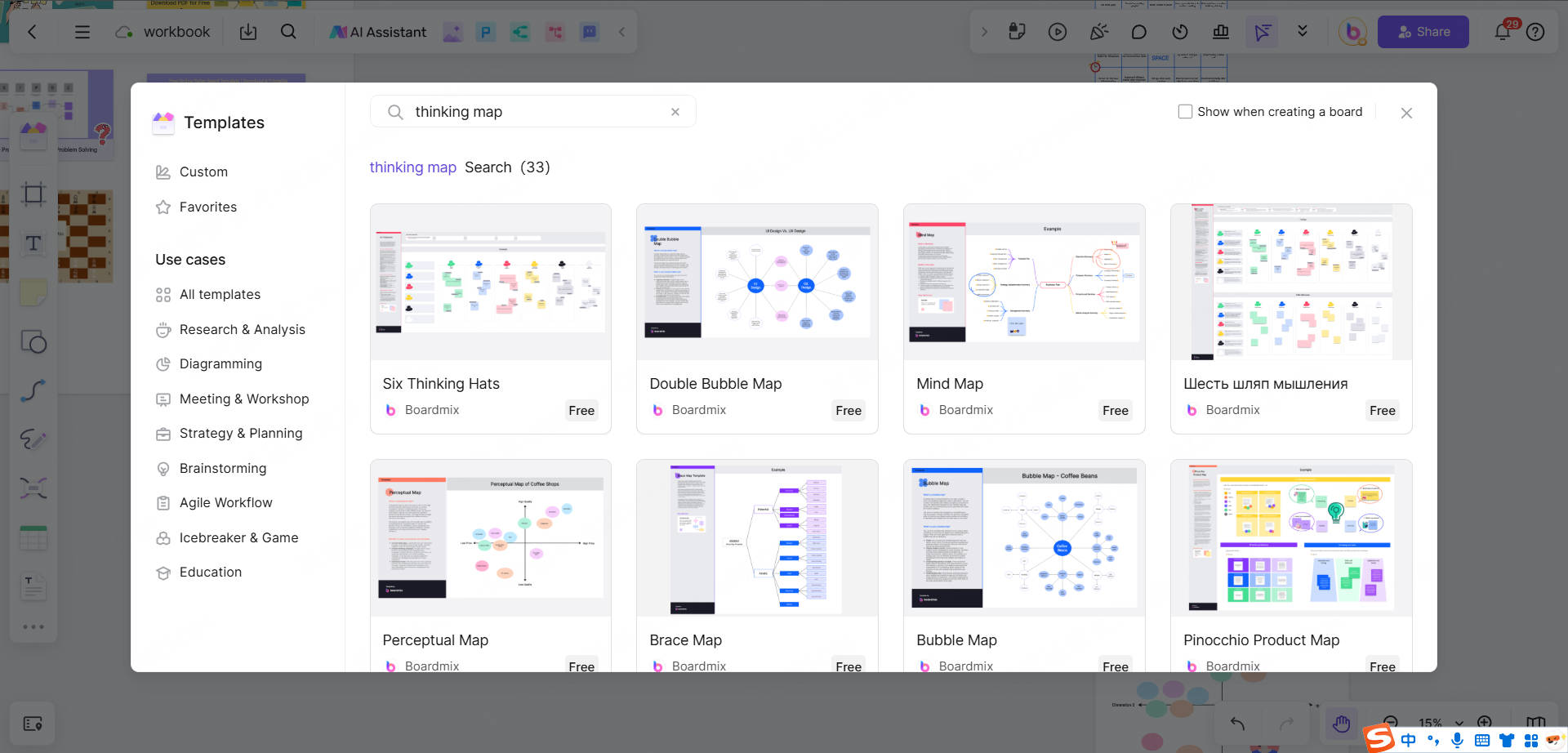
Click your preferred template (e.g., Double Bubble Map for comparisons, Multi-Flow Map for cause-effect analysis).
Step 2: Customize Your Thinking Map Template
Add Text/Images: Double-click to edit labels or upload photos.
Change Colors: Highlight key sections (e.g., use red for urgent tasks).
Expand Branches: Drag connectors to add subtopics.
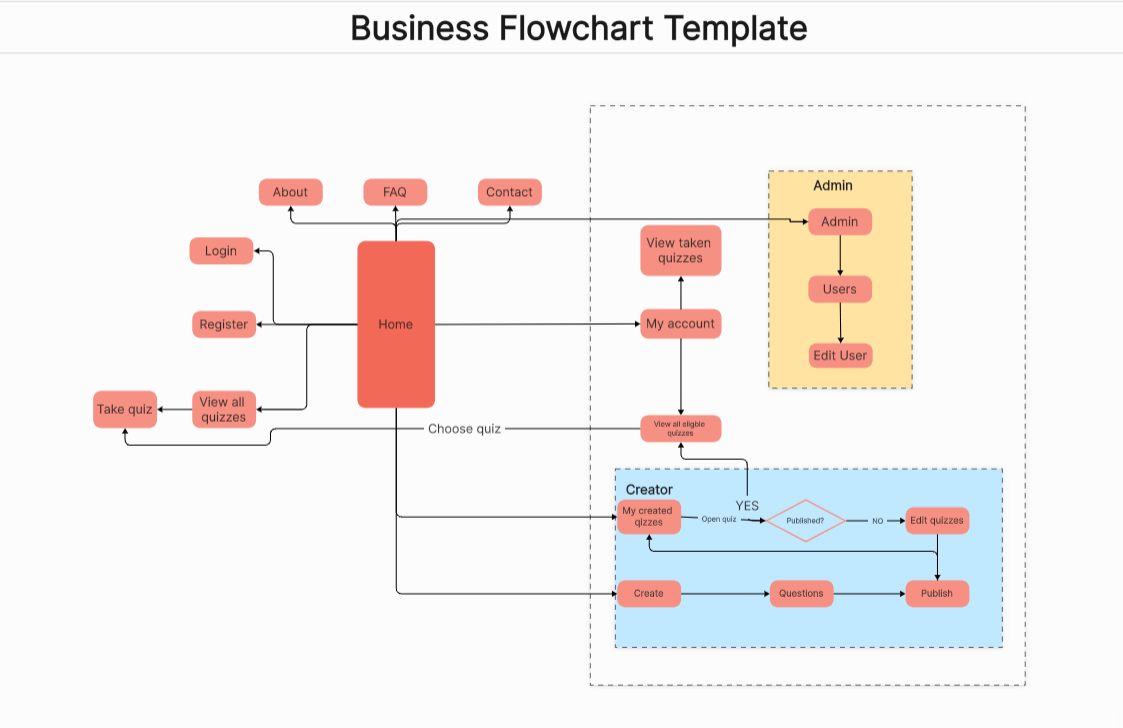
For example, a marketing team uses the flow map to outline a campaign timeline like this: 1. Market Research → 2. Content Creation → 3. Social Media Launch .
Step 3: Collaborate & Share Your Thinking Map
You can invite others via email or link to brainstorm together. Also, just use @mentions to assign tasks (e.g., “@John, handle the Budget section”). Then, you can export your map for reports or presentations.
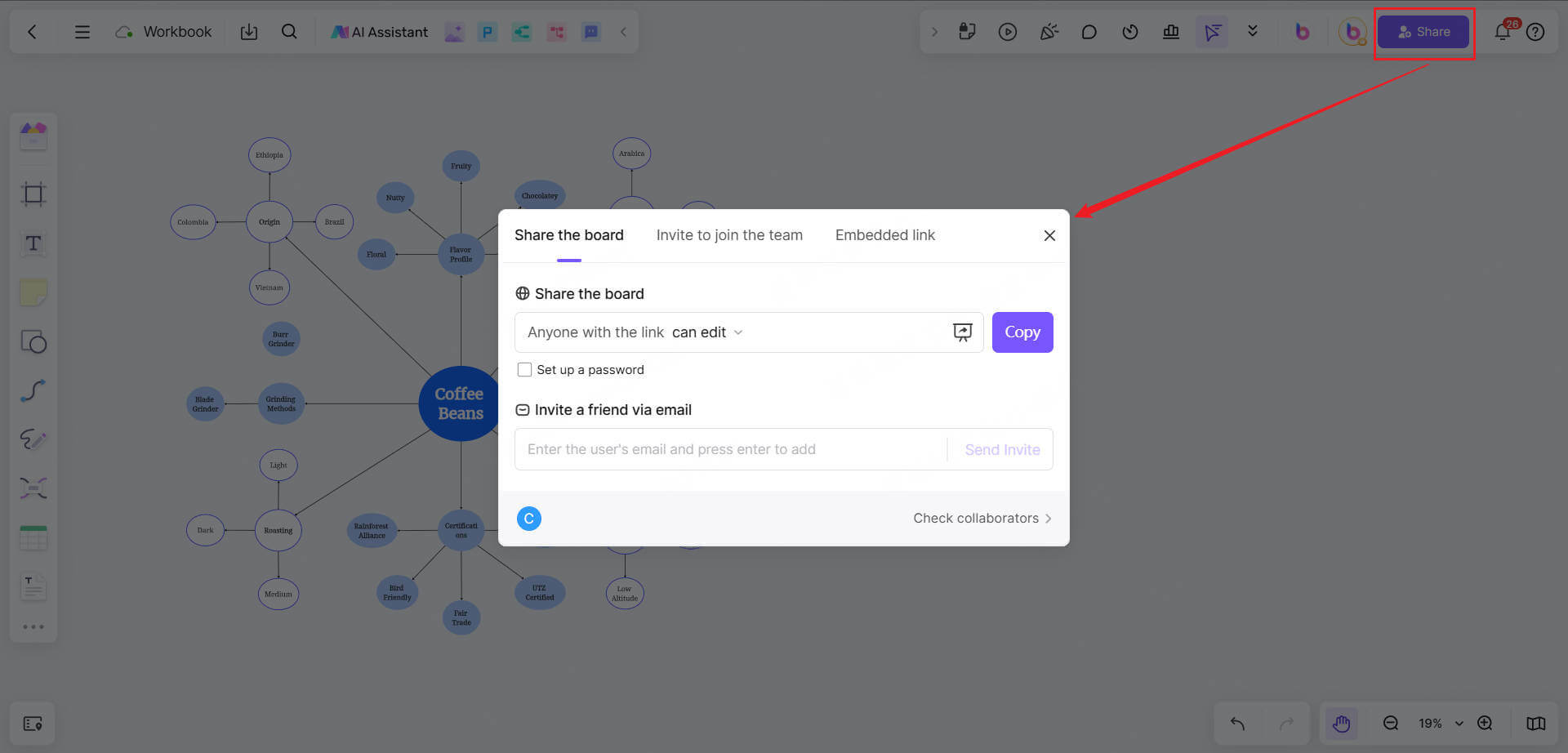
That’s all! Now you know how to get free thinking map templates on Boardmix. Why wait? Visiting Boardmix and turning chaos into clarity. No credit card required. Just sign up and map your way to success.
FAQs of Thinking Maps
Q1: What is the meaning of thinking map?
Thinking map is a visual tool used to organize and display thinking processes and help clarify concepts and relationships. There are 8 types of thinking maps: Circle Map, Bubble Map, Double Bubble Map, Flow Map, Multi-Flow Map, Brace Map, Tree Map, and Bridge Map.
Q2: What is the difference between a graphic organizer and a thinking map?
A graphic organizer is a broad visual tool that includes various charts, while a thinking map is a specific thinking tool that emphasizes logical relationships and cognitive patterns.
Q3: Is a Venn diagram a thinking map?
The Venn diagram is a type of graphic organizer used for comparing and contrasting, but it is not classified as a traditional Thinking Map.
Q4: What Thinking Map is Good for Main Idea and Details?
Tree Map is suitable for showing the hierarchical relationship between the main idea and details.
Key Takeaway
Thinking Maps are like Swiss Army knives for your brain—each tool has a specific job. They’re less about creativity (like mind maps) and more about clarity, logic, and problem-solving. Whether you’re a student, teacher, or CEO, they turn messy thoughts into actionable plans!✨
Need to compare two ideas? Grab a Double Bubble Map. Fixing a problem? Try a Multi-Flow Map. The right map gets you where you need to go!





